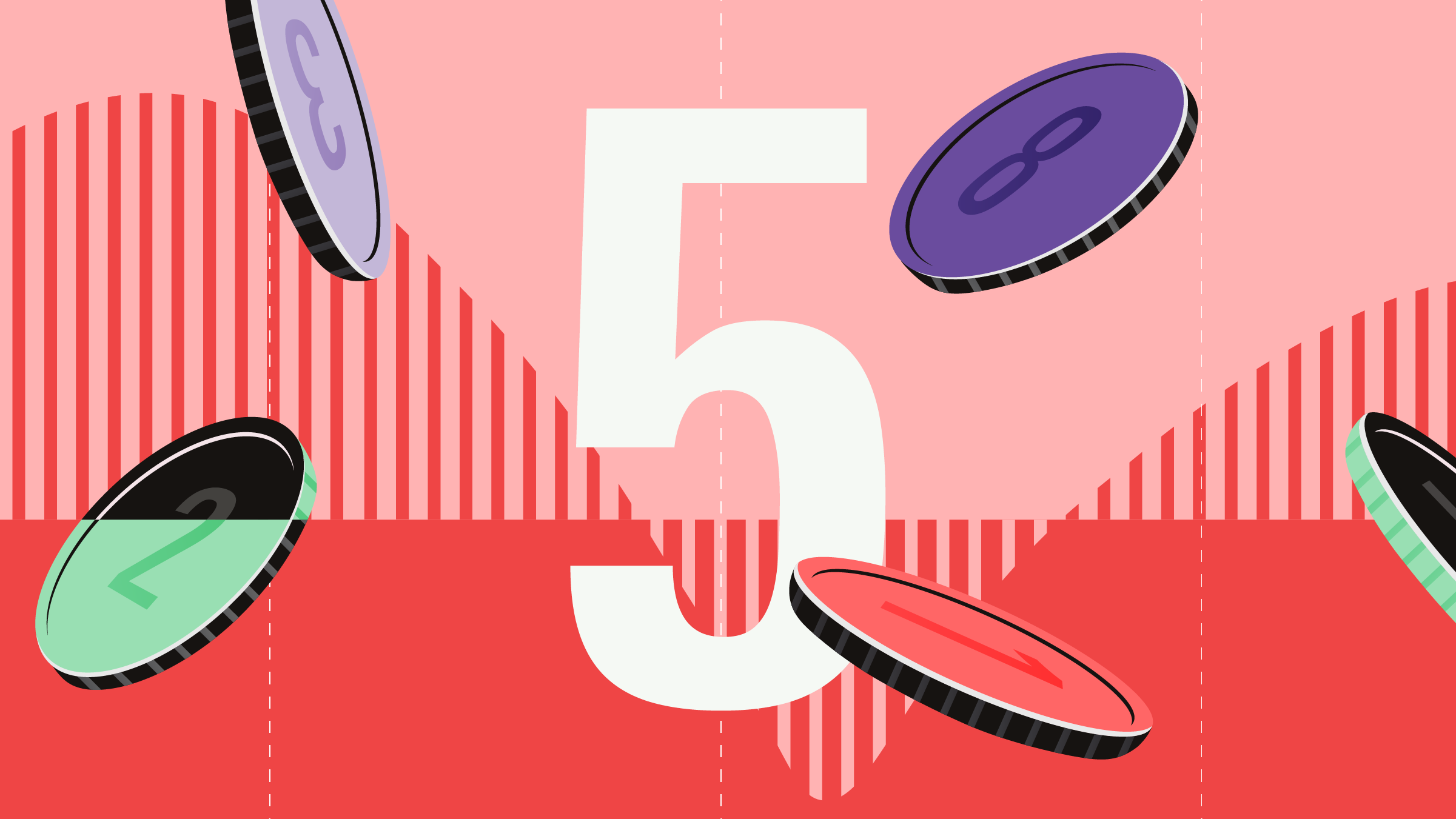Rolle im Portfolio
The Amundi ETF S&P 500 UCITS is best suited as a core building block for a portfolio, providing broad exposure to many of the largest companies in the world’s biggest economy. With 500 large-cap constituents, the S&P 500 Index covers three-quarters of the U.S. equity market and is well diversified by sector and security. Increasingly, the underlying companies themselves are becoming geographically diversified, getting more and more of their revenue from outside the United States. Over the last 15 years, the S&P 500 has had an annualised volatility of 15.5%, versus 19.4% for the MSCI Europe and 23.7% for the MSCI Emerging Markets. During the same period, it has shown a correlation to the MSCI Europe index of 88%, and to the MSCI Emerging Markets index of 68% (both measured in local currency).
Fundamentale Analyse
Five years after the global financial crisis, the U.S. economy has taken the lead of countries on the path to economic recovery. With the S&P 500, the NASDAQ Composite and the Dow Jones Industrial Average (DJIA) nearly reaching their all-time highs in March 2014, the financial market nosedive in 2008 and the subsequent Troubled Asset Relief Program (TARP), which bailed out AIG, Bank of America and Citigroup and rescued the automotive industry giants, seem like a distant memory.
GDP growth, however, has yet to regain its pre-crisis stride, with an estimated 1.9% in 2013, down from 2.8% in2012 and well below the 3% average pace of the last 30 years. Reduced overall federal government spending and the two-week government shutdown in October 2013 both held back the economy and contributed to the tepid numbers. But more granular economic indicators suggest signs of real recovery. Specifically, exports, consumer spending and business investment all accelerated in the fourth quarter of 2013.
Another bright spot is that the long-anticipated recovery in U.S. housing seems to be taking hold. The S&P/Case Shiller Home Price Index 20-city composite rose 13.4% in the 12 months through the end of December 2013, although it is down about 19% from its 2006 peak.
Improved economic conditions led the Federal Reserve to start unwinding its quantitative easing (QE) programme in December 2013. As of this writing, the amount of monthly asset purchases has been reduced from $85 billion to $55 billion. However, full normalisation of monetary policy remains a distant prospect. Even under the new leadership of Janet Yellen, the Fed has stressed it will raise interest rates at a “measured pace,” communicating changes in advance so not to surprise investors.
A key factor allowing the Fed’s so-called ‘tapering’ has been a steadily dropping unemployment rate. As of this writing, it stood at 6.7%, the lowest since the financial crisis began. Job creation at the end of 2013 disappointed expectations; but with average household debt levels at their lowest since the 1990s, a recovering housing market and restored consumer confidence, conditions are suitable for the U.S. recovery to stay on course in 2014.
Meanwhile, the U.S. is in the early stages of a potentially game-changing energy revolution. The U.S. has become the world’s biggest gas producer, and the economy stands to benefit from a competitive advantage that follows the development of hydraulic fracturing technology, also known as fracking.
Indexkonstruktion
The S&P 500 Index is a free float capitalisation-weighted portfolio of 500 large, United States domiciled stocks. To join the index, constituents must meet minimum liquidity requirements, have a public float greater than 50% of the value of their stock and have market capitalisations above $4 billion. A committee maintains the index and meets regularly to review its underlying components, making changes on an as-needed basis. If a constituent falls out of line with any of the index’s entrance criteria, the committee can use its discretion to keep it in the index if the change is deemed temporary. New entrants to the index are also meant to contribute to its overall sector balance, as measured using the Global Industry Classification Standards (GICS®). The most significant sector exposures are information technology (18-20%), financials (15-17%) and health care (13-15%). Portfolio concentration is limited, with the top ten stocks in the index making up just 17-19% of its total. Top constituents are Apple (2-3%), Exxon Mobil (2-3%), and Google (1-3%).
Fondskonstruktion
The fund uses synthetic replication to provide exposure to the underlying benchmark, entering an unfunded swap transaction with parent company Credit Agricole. The fund uses investors’ cash to buy a basket of securities, the performance of which is exchanged for the performance of the index. In compliance with UCITS III rules, the fund cannot have net counterparty exposure exceeding 10% of its net asset value, implying that the substitute basket must at a minimum be valued at 90% of the fund’s net assets. Amundi aims to maintain zero counterparty exposure, by reviewing the swap on a daily basis and resetting whenever its value becomes positive, i.e. whenever the counterparty owes the fund money. As of the time of writing the substitute basket was valued at 100.3% of the fund’s net assets. Under the terms of the swap, the counterparty agrees to provide the fund with exposure to the total return of the underlying index, net of any associated taxes, costs or fees. The fund does not engage in securities lending. At the time of writing the fund had assets of roughly €730 million.
Gebühren
The fund’s total expense ratio (TER) is 0.15%. Other costs potentially borne by the unitholder but not included in the total expense ratio include transaction costs on the infrequent occasions when the underlying holdings change, and bid-ask spreads and brokerage fees when buy and sell orders are placed for ETF shares.
Alternativen
Many providers offer ETFs tracking the S&P 500 Index, including ComStage, HSBC, db x-trackers, Lyxor, Source, iShares, SPDR, Vanguard and UBS. The iShares S&P 500 Accumulating ETF has the lowest fees, with a TER of 0.07%, although the iShares S&P 500 Income ETF charges a hefty 0.40%. The Vanguard and HSBC funds bothcharge a competitive TER of 0.09%.
Beyond the S&P 500, there are a number of index alternatives for the U.S. equity market, including the Dow Jones Industrial Average, which is price weighted and more concentrated in its holdings, and the technology-heavy NASDAQ.
















